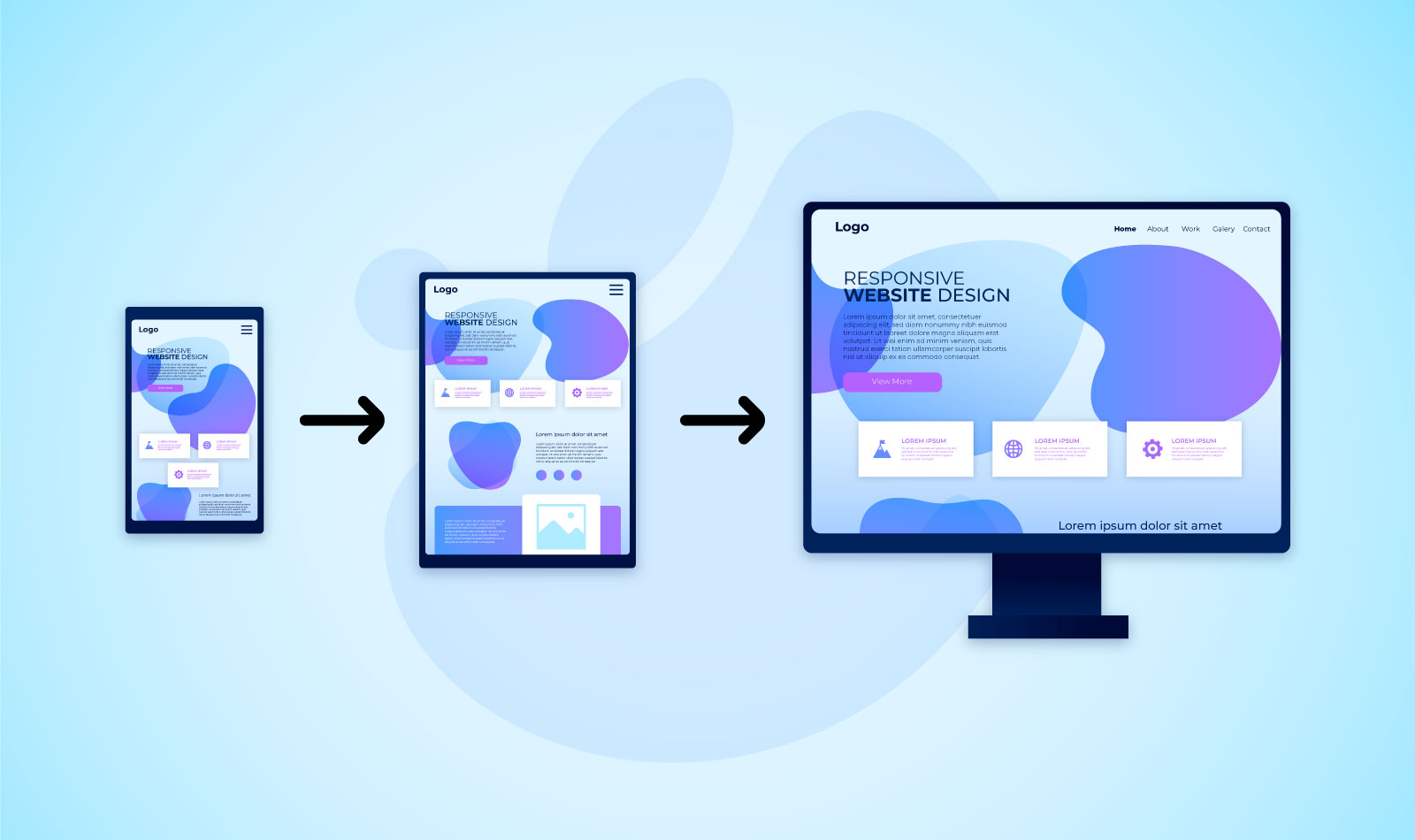In today’s digital world, where mobile devices account for over half of all web traffic, designing with a mobile-first approach has become essential. A mobile-first strategy means designing for the smallest screen first and progressively enhancing the design for larger devices. This approach not only improves user experience but also benefits your website’s overall performance, SEO, and engagement.
What is a Mobile-First Approach?
A mobile-first approach prioritizes designing the user interface (UI) and user experience (UX) with mobile devices as the primary focus. Instead of starting with a desktop design and scaling down, developers create layouts, content, and functionalities with mobile in mind, and then progressively enhance for larger screens.
Key Benefits of a Mobile-First Approach
1. Enhanced User Experience (UX)
- Simpler, Focused Design: Mobile-first design prioritizes essential elements due to limited screen space. This forces designers to emphasize the most important features, creating a cleaner, more user-friendly experience.
- Faster Loading Speeds: Mobile designs focus on streamlined content and minimal images, resulting in quicker load times which improves user satisfaction and reduces bounce rates.
2. Higher Search Engine Rankings (SEO)
- Mobile-First Indexing by Google: Google primarily indexes and ranks mobile versions of content first. A mobile-first approach ensures that your site aligns with Google’s preferences, potentially boosting search engine rankings.
- Lower Bounce Rates: Mobile-optimized sites engage users effectively, encouraging longer visits and reducing bounce rates – factors that positively influence SEO.
3. Broader Audience Reach
- Access to Mobile-Only Users: Many users rely solely on mobile devices to access the internet. A mobile-first approach ensures you’re catering to this audience by delivering a tailored and seamless mobile experience.
- Responsive Flexibility: Starting with mobile ensures that your site is flexible across all screen sizes, making it more accessible and increasing the likelihood of engagement across a wider audience.
4. Improved Performance and Load Times
- Efficient Use of Resources: Mobile-first sites tend to be lighter, with fewer resources needed, which contributes to faster load times across devices.
- Less Bandwidth Usage: Mobile-first websites typically consume less bandwidth due to optimized content, which is ideal for users in areas with limited or slower internet connections.
5. Future-Proofing Your Website
- Adapting to Growing Mobile Trends: With mobile usage consistently on the rise, a mobile-first approach ensures your website remains relevant and accessible for years to come.
- Supports Progressive Web App (PWA) Development: Mobile-first websites can more easily integrate PWA features, which provide app-like experiences directly through browsers, offering an offline mode, push notifications, and other features that make your site feel like a native app.
6. Enhanced Conversion Rates
- Streamlined Navigation for Easier Conversion: A mobile-first design focuses on intuitive, straightforward navigation that can improve conversions, such as purchases, sign-ups, or inquiries.
- Boosts Local SEO and Mobile Conversions: Mobile-friendly websites enhance local SEO, attracting mobile users who search for nearby services, which increases the likelihood of converting visitors into customers.
Best Practices for Implementing a Mobile-First Approach
- Prioritize Content – Focus on displaying the most important content and actions first.
- Use Responsive Design Techniques – Ensure that your site adjusts gracefully across all devices.
- Optimize for Speed – Minimize the use of heavy images and unnecessary scripts.
- Touch-Friendly Navigation – Design buttons, links, and interactions with mobile users in mind, ensuring touch-friendly, easy navigation.
Conclusion:
Adopting a mobile-first approach in website development is no longer optional-it’s a necessity. With benefits ranging from improved user experience to better SEO and increased conversions, mobile-first design sets up your website for long-term success. As mobile usage continues to grow, embracing this approach ensures your website remains accessible, fast, and relevant for your audience across all devices.
Ready to make your website mobile-first? Contact us today to learn how we can help you create a seamless, engaging experience for all your users.



